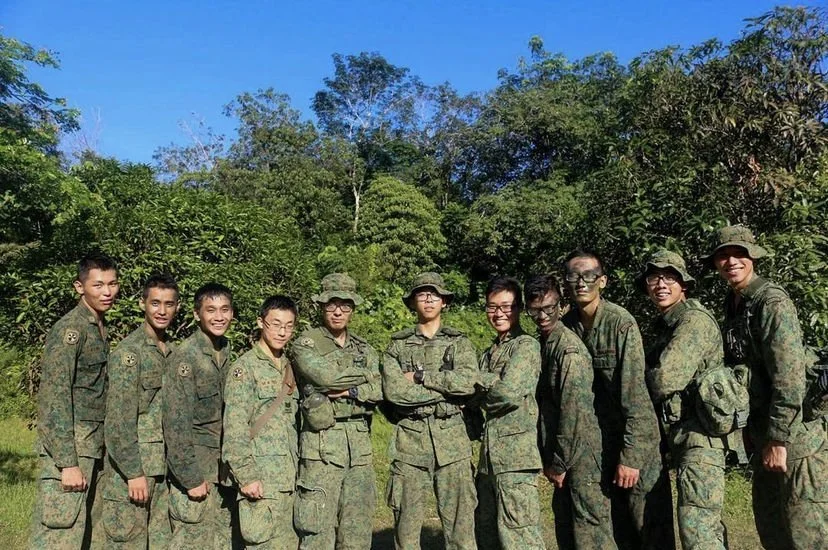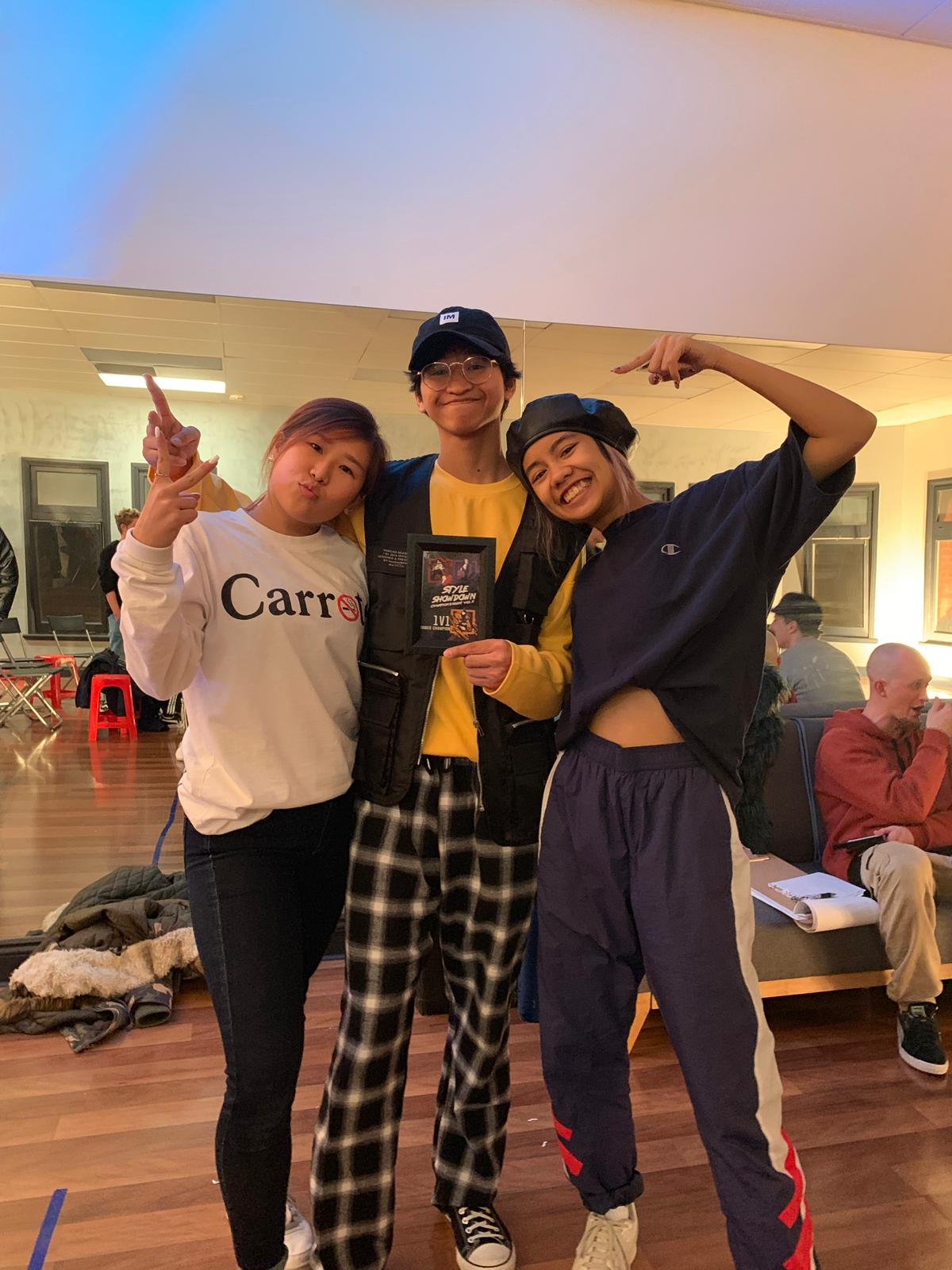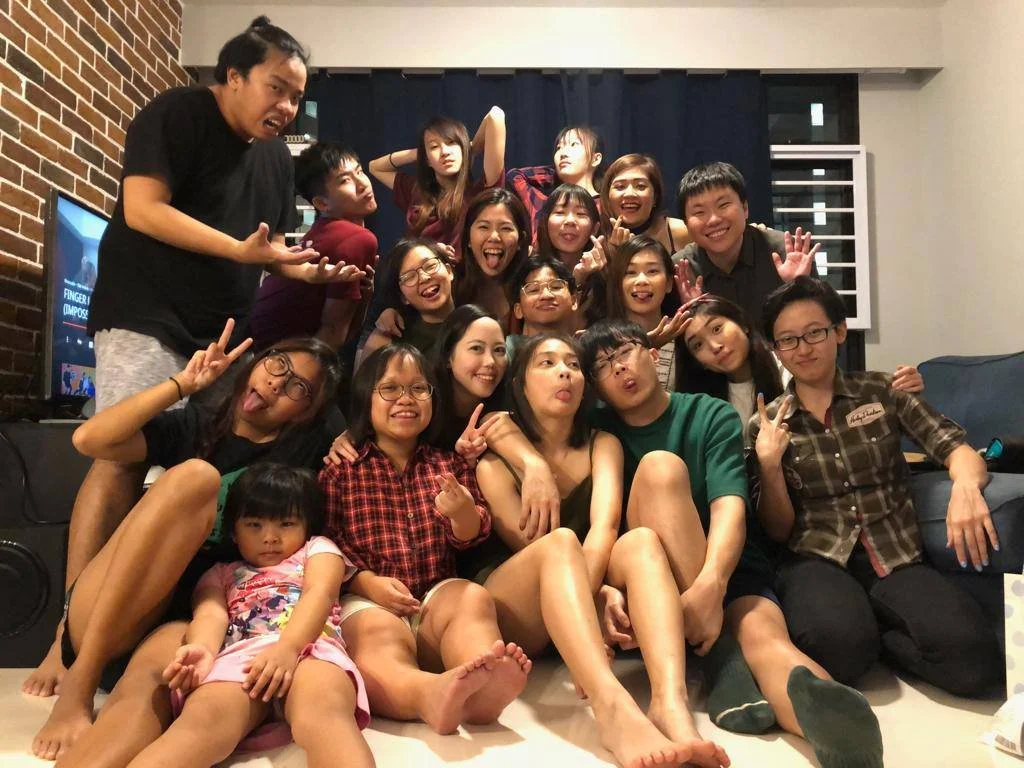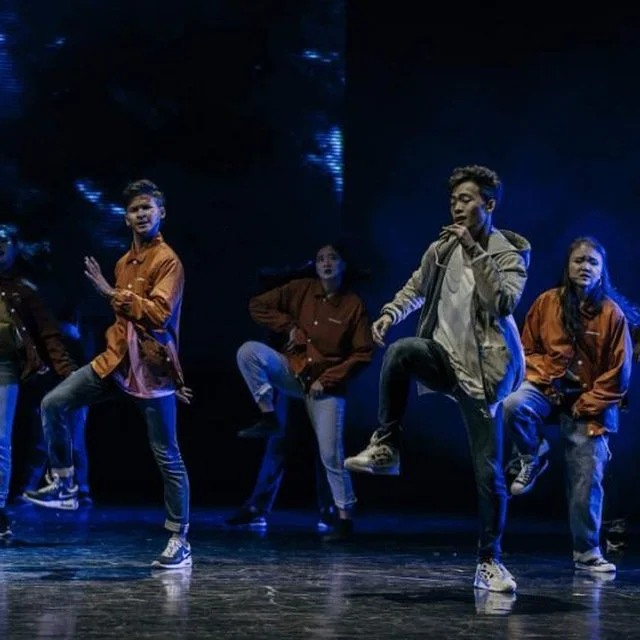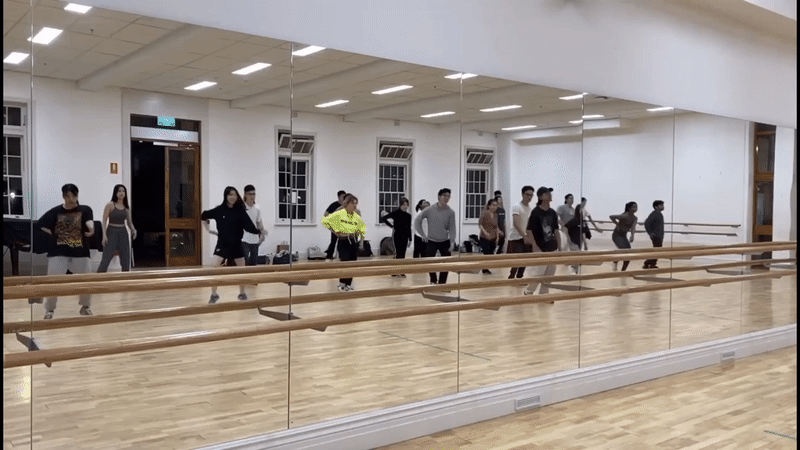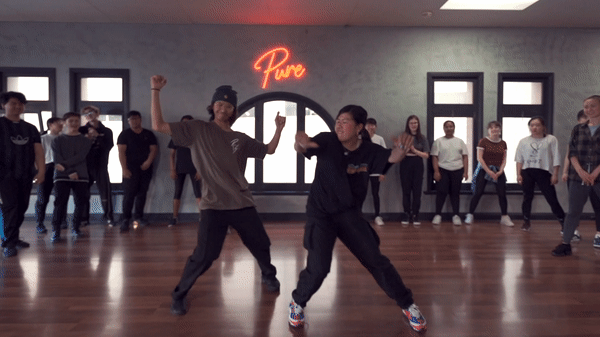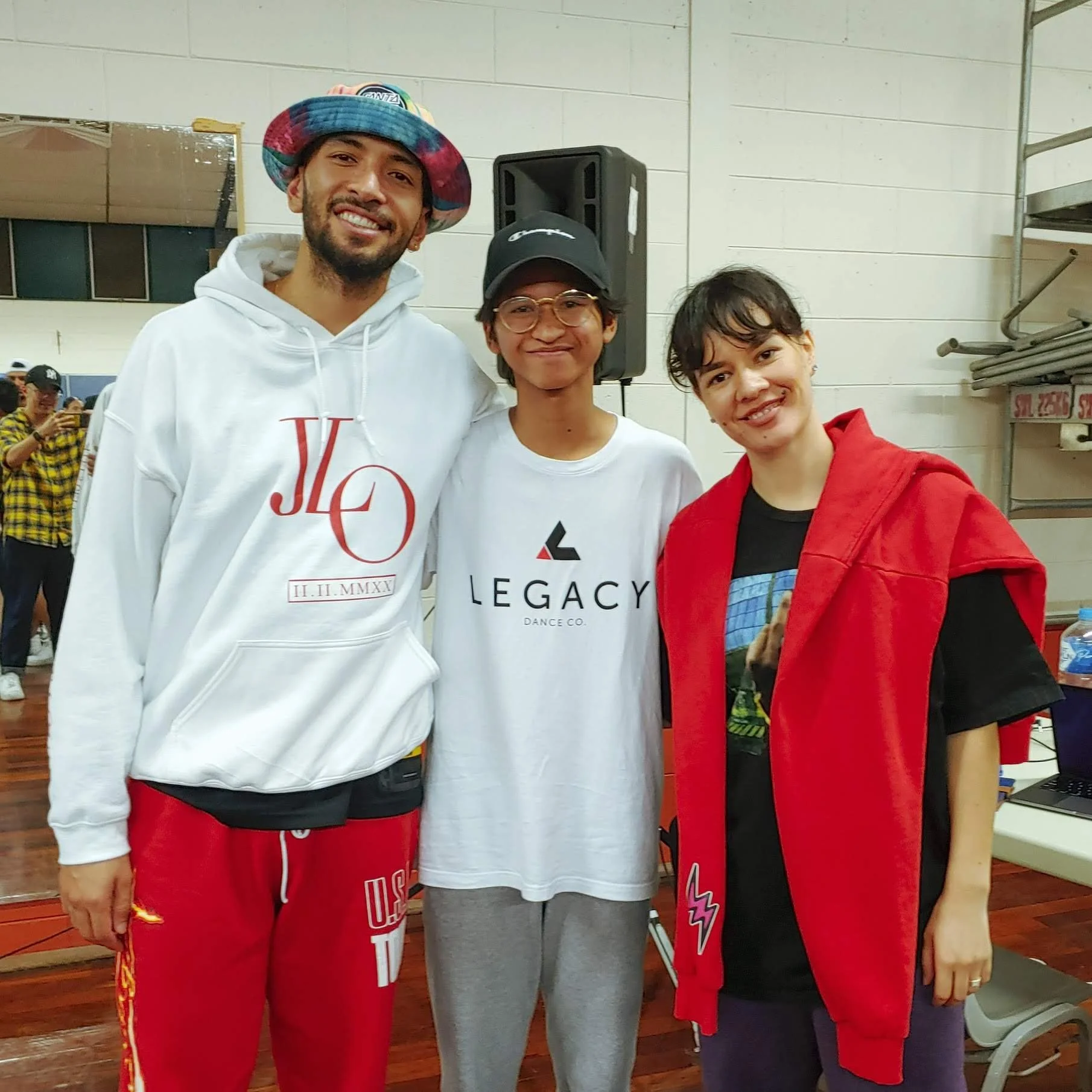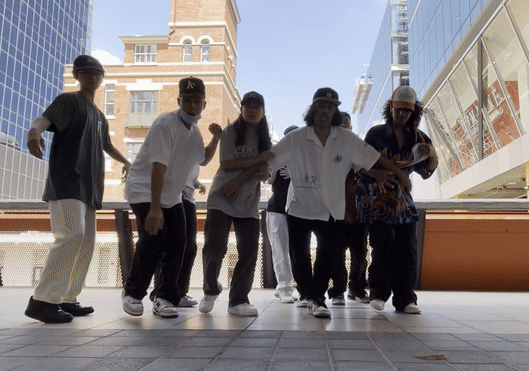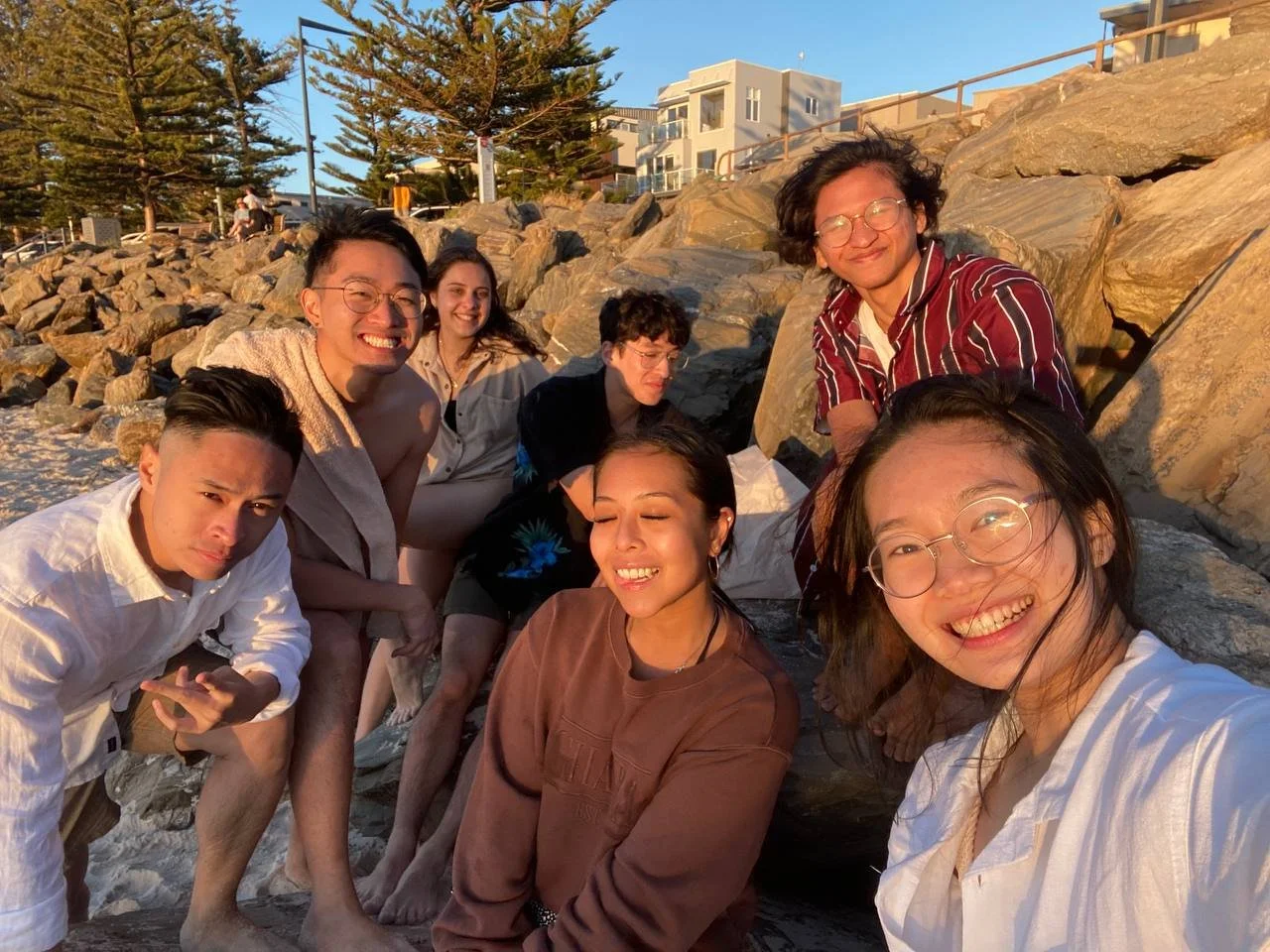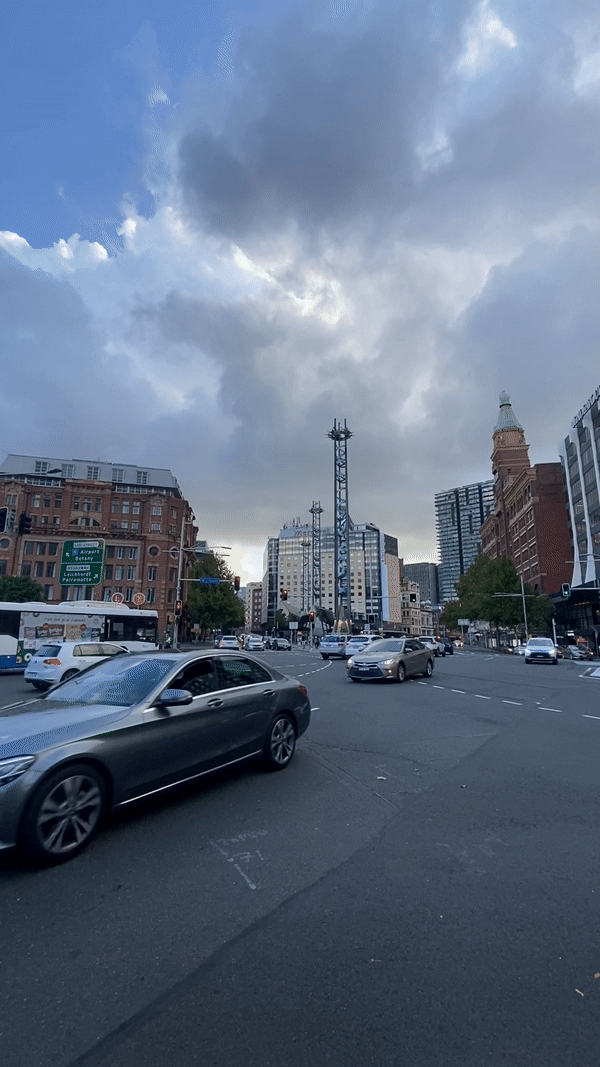Dancers who dare: Adib
In this special edition of our Dancers who dare series, we spoke to Adib, one of our ex-TLE students who moved with his family to Adelaide (a city in South Australia) back in 2019. Scroll down to gain insight into what the experience has been like for him, in terms of dance and his everyday life!
About Him
Prior to the start of his dance journey, Adib first developed a passion for photography. His current focus is on film (using point & shoots and manual SLRs), where “the fun is in not knowing what you get till you develop the film”, which requires him to be sure of every shot he takes. He also enjoys cooking (more so baking) especially after coming out of isolation when he and his three younger sisters had ample time to create and experiment in the kitchen.
His family moved to Adelaide in 2017, but he decided to stay in Singapore in order to complete his National Service instead of continuing with his post-secondary education, thereafter joining the rest of his family in 2019. He then managed to clear the university entrance exams (similar to SATs) and is now in his third year pursuing a double degree in Media and Criminology in the University of Adelaide.
Adjusting to Life in Australia
“Everything here is so different, everyone loves to take their time; be it with school, work, or just life in general. It’s harder to slow down than to speed up, so it took a while to get used to the pace”.
In terms of dance, he found it hard to find people or information because at that point, the marketing efforts for dance studios in Adelaide were extremely limited. There was nothing on Instagram or any websites etc, apart from Facebook which he had already deleted (and thus had to reinstall).
He ended up going to a battle on the weekend that he arrived in Adelaide, and long story short, he finally met some people there and got assimilated into the community.
“Without that battle, I wouldn’t even have gotten to know anybody in the dance community, which is pretty small particularly in Adelaide”.
He recounts that upon entering the room, everyone turned to him and gave that “Hu dis??” look.
Presently though, he has become friends with everyone in the community and it has continued to grow since then, but more on that later.
TLE Experience
His first experience with Legacy was actually through our Dance Foundation Course, an 8-week course that covers foundational basics, helping students to improve their body awareness and become better dances overall.
“That’s where I met Fish, and after I completed the course, he said there was a Legacy dance camp coming up soon so I went for it and met other instructors there.”
After spending a weekend dancing and meeting others who were already in TLE, he became convinced that it was the best place to start his dance journey proper and seriously start to pursue his passion.
“My instructor when I first joined TLE was Bao Wen who is a very… interesting person (LOL). I made a lot of friends there, and since it was ‘A’ class, everyone was still fresh, so we were all growing together.
“We also did Co-Exist. I was in my class set and the hip hop set; that's where I met my previous crew members who were mostly in B class at the time, so I wouldn't have met/talked to them if I hadn’t joined the hip hop set.
Co-Exist was a key moment for me. It was my first time being on stage in general, so I felt like I wouldn’t have been able to do it if I wasn’t with people that I knew and had been training with the whole time. It’s so different when you’re on stage versus just dancing in class”.
After that half year, he continued taking classes here and there with Legacy before leaving in April 2019. Although it was relatively short, he took away a lot of things from his experience. Meeting friends (that he still keeps in contact with) who wanted to improve together and also instructors that were seemingly intimidating but “actually super chill and approachable people”.
How does the dance scene differ between Singapore and Australia?
“First of all, the number of studios available is so different; SG has so many options, not many in Australia. In the general community, dance isn't viewed as important. So it’s quite a struggle just to open and maintain a studio; it’s not the numbers you would see in Singapore”.
It’s not just a limited pool of people who dance professionally, but also for those who dance recreationally. However, he feels that these differences actually create more potential for individuality and personal style.
“There was a workshop that happened here in Adelaide, and one of the teachers was Gina Michael, a Melbourne dancer but pretty famous internationally. I was talking to her and out of all the things she said, one of it that stood out to me was "you don't dance like a Singaporean dancer", and I was like “It kind of makes sense”. Not saying that Singaporean dancers are worse or anything, it’s more of like; sometimes when I watch Singaporean dancers doing choreography on social media, it feels like they’re just following the choreo and not really dancing. It’s a different kind of raw feeling that is present in Australian dancers.
I think it’s also a cultural factor; for Asian communities they tend to be like “this is how you do things” and it's very structured while in Australia, some of them don't even have proper foundations, they kind of learn things as they go which I feel adds to their individuality and that raw feeling behind their dance”.
Developing the Local Dance Community
“Universities in Adelaide don’t have many dance clubs, compared to Singapore”.
The only club that was (and is still) running was the Adelaide University Hip Hop club, which he was eager to check out because he started with freestyle/hip hop, not choreo, so the genre has always been closer to his heart.
On his first day however, he found that they were teaching choreo to pop songs by artists like Shawn Mendes. Doesn’t really scream “Hip-Hop” does it?
After attending a few battles and continuing to establish his name in the community, the President of the club at the time approached him and asked if he would become the vice-prez. They felt that there was a need for the club, but they didn’t know how to go about running it properly. It felt more like a half-studio, with people treating it as a place for cheap choreo classes. This meant no one really stuck around or improved to the point where they could contribute to the community and help it grow.
He agreed to take up the role and began teaching there.
“I wouldn’t say I had a lot of experience with hip hop at that point but I tried to give what I could, and then sometime later I was able to organise a battle for the club. The battle went pretty well, and I also helped choreo for one of the crews in the battle”.
From then on, he took over as President and is still trying to set things right, in terms of making it a club first and teaching hip hop instead of choreo.
“In terms of an actual hip hop community, technically Adelaide doesn’t have one. There aren’t many hip hop dancers, or any hip hop battles. So that’s something I've been trying to build up by generating interest in the genre, and to create a small community.
In terms of the wider dance community, the biggest street style crew is “Freaknation”.
Half of them were my friends already before I joined the crew, and I’m currently helping them with developing a hip hop/breaking sector cause their crew is so big. They have most of the different styles and they have their leaders and different subsections within the main umbrella, but they didn’t have a hip hop sector so I’m helping out in that way, trying to organise battles”.
How do people in Adelaide react when you teach Hip Hop?
“I think the main thought that they have when you say “hip hop dance” is like breaking on cardboard boxes, 70s era on the streets kind of dancing. One thing with the general public in Australia is that they are pretty old school, music-wise. Like, right now it's 2020 and they’re still listening to 2000s music as if it came out last year. So when you say hip hop they have that 70s kind of image.
They have a very ‘uncle/aunty’ response like “where’s your cardboard box, show me some moves”. I still don’t know a way to respond to that cause it’s just like, they don’t know about the genre because there’s not a big scene of it here so they wouldn’t know. So my reaction is always just an awkward laugh…”
So after you show them what hip hop is now, do they go like “Ohhh”?
“They’re just like “Oh it’s very nice, you’re very talented” etc…”
He shares that other states such as Melbourne and Sydney have much more established communities (not just hip hop but other genres as well), and since Adelaide communities are much younger, it’ll take time for them to grow.
He understands that it wont be easy, and tells himself not to think too far ahead and instead focus on putting in as much work as he can, bit by bit, till it eventually pays off.
So what do you miss most about SG?
I really miss local food. You can still find Asian food here but you’ll eat it and know that you could do it better. It’s also really expensive (a meal could run you $15/20 OOOF), and the stalls close really early compared to Singapore so after dance classes, there’s literally nowhere to eat other than like, Chinatown.
After class there’s not much of that “Where do you wanna go eat after this?”. I feel like half the part of dance and also TLE is getting to hang out with people and eat in a non-dance environment and you get closer to people that way. Over here it’s much harder. You can still do it, but it’s not as prevalent as in Singapore, that ‘eat together after class’ culture. There’s no such thing as supper cause there’s nothing open after 10pm. So yea for me it’s mostly the food and hanging out with people, cause I feel like that was such a big thing back in SG. That’s like, half of the social aspect gone”.
Do you have any favorite/standout moments in Australia?
“There haven’t been specific moments, but more of opportunities.
Being able to learn from teachers that I would only see on Insta if I were still living in Singapore.
International choreographers like Gina Michaels, Caetlyn Watson, Laurence Kaiwai. Those kinds of people that you could only dream of meeting if you’re in Singapore, and they’re here just next door”.
He gains a much more varied and diverse perspective, compared to dancing in Singapore where most teachers are people in your community or your friends.
“I think it's also meeting people from different communities when you travel to different states.
In Singapore even if you meet new people it tends to be kinda similar. With different states I feel like they share such different journeys and lessons. Every time I meet these people from different communities I learn so much from them about myself and about dance. Here in Australia, peoples’ journeys can be beyond anything you can expect but in Singapore the majority goes through the same thing. So I feel like there’s more interesting stories here and much more interesting dancers.
I feel so blessed to be in that position to be able to meet people like this. So yea it’s not really moments but the general experience. I think that comes with being open and allowing yourself to be put in that position.
I would say I’m not very extroverted myself but over the years of being here I feel like I've pushed myself to say hi first or just put myself in those uncomfortable situations so I can experience new things and I feel like that has helped me achieve much more and meet a lot more people than if I was the same person I was in Singapore. So I guess if you have that kind of open mindset you can gain and learn so much more in life”.
Read more about “The Legacy Experience” here
Follow @LegacyDCO on Instagram
Check out our YouTube Channel for more quality content too!
